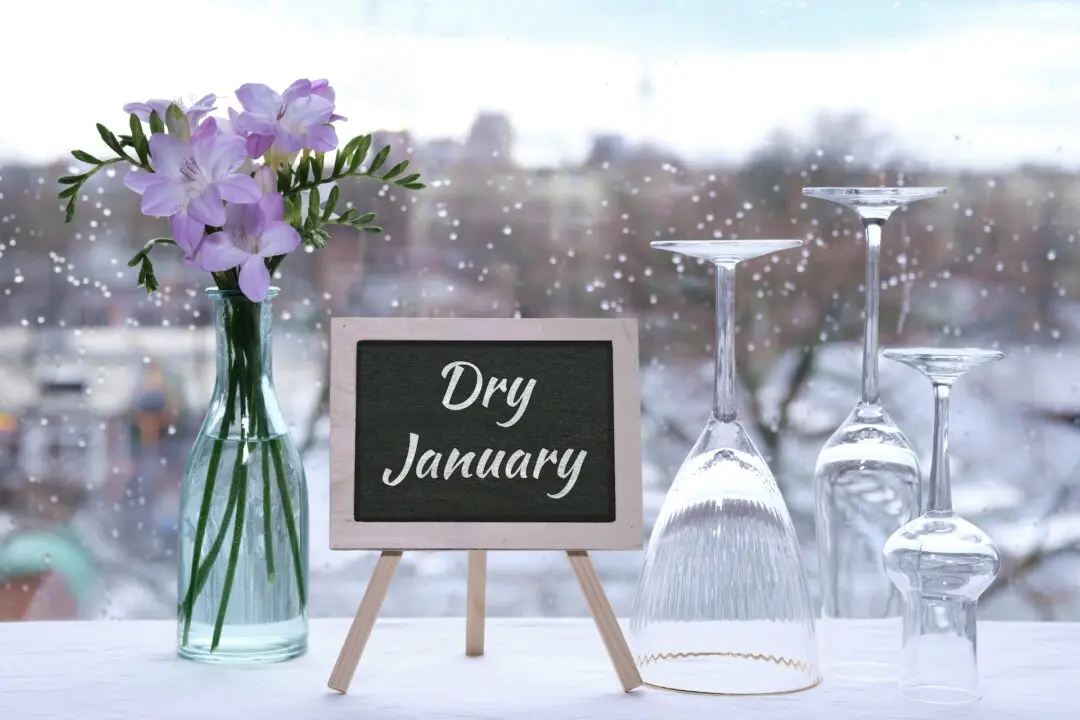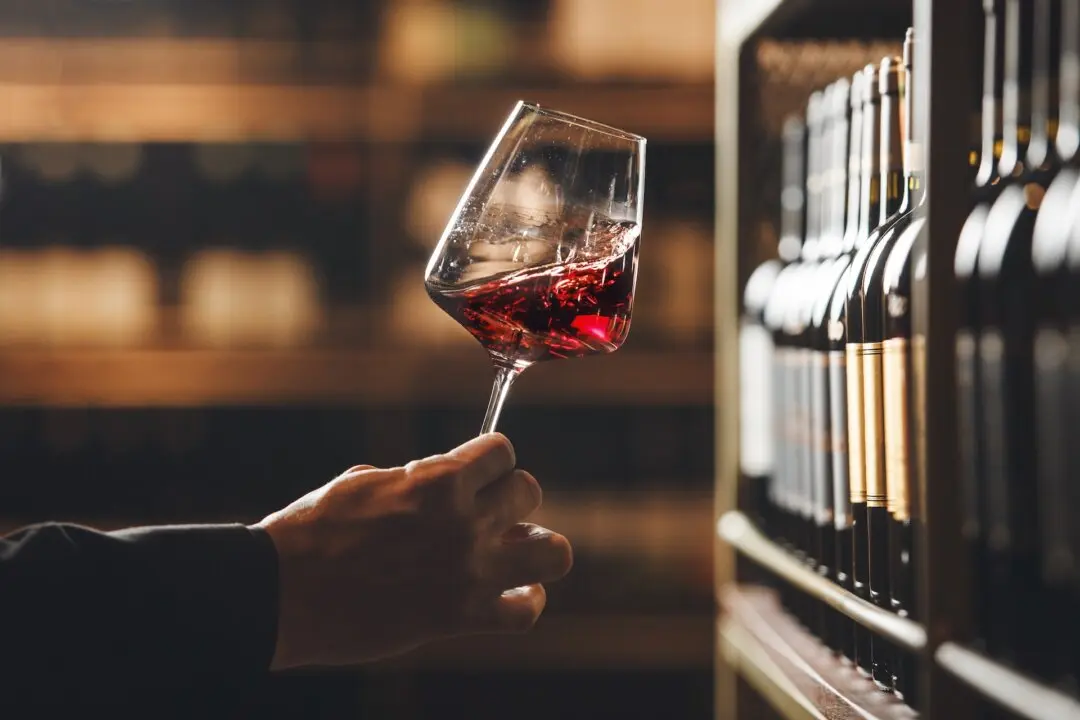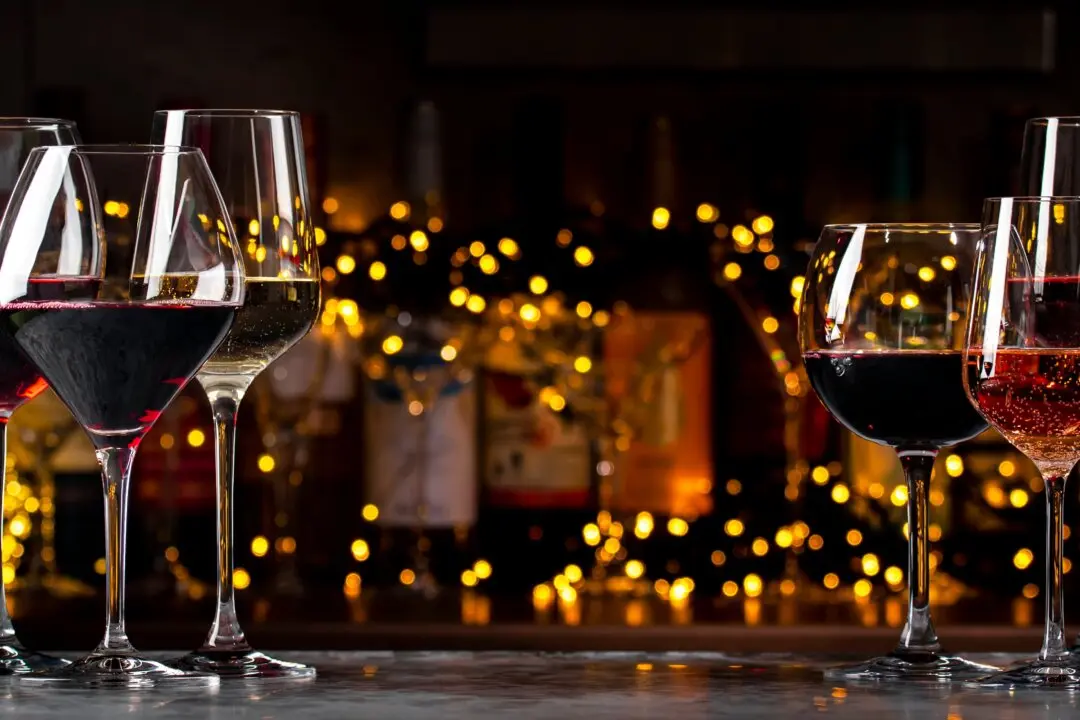There are many reasons that the phrase, “There’s no free lunch,” usually is accurate, but there are ways to save money when it comes to wine—and to say that this column ought to be called “Free Wine” isn’t really a stretch.
To make this case meaningful, here are some issues that are at play with most of today’s California wines and why my solution, stated below, is valid.





